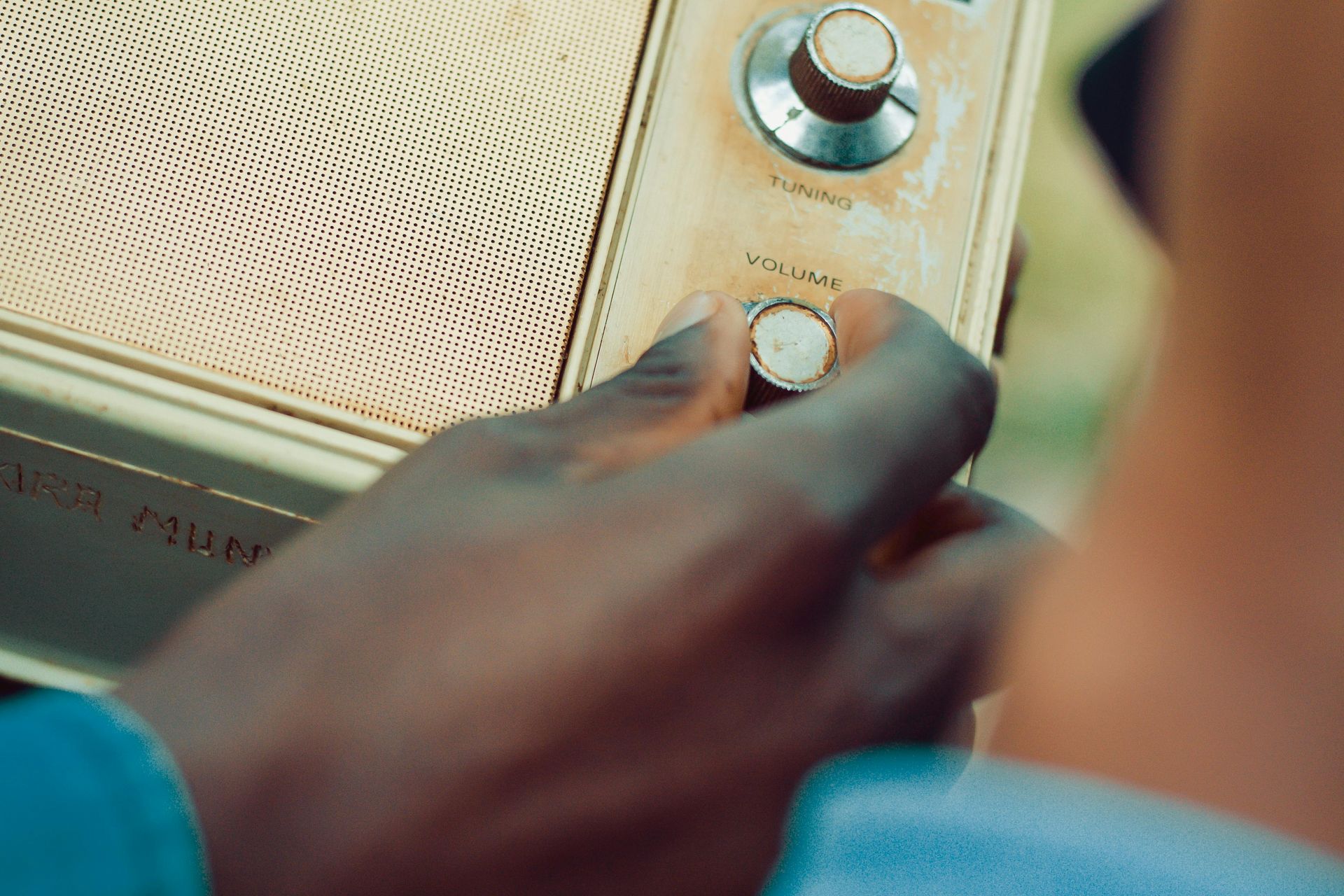Read time: 2 mins
Who doesn’t love a bright and colourful shot?
Would you dare post a photo to Instagram without adding a filter?!
Clever use of colour in film, TV or online video content is one of the most powerful tools in any creative’s arsenal.
Throughout the history of cinema, it’s been used to evoke emotions and hidden messages by the masters of the medium, from on-the-nose uses to signify attraction like the ‘Woman in the Red Dress’ in The Matrix, to more subtle uses of cool and natural blues in The Revenant, reflecting the calm of night in the wilderness.
In ye olden days of black and white film, directors didn’t need to worry about choosing colours but as new technologies pioneered, every filmmaker’s dream of setting their stories in vivid colour came true.
These days, selecting colour palettes and tones for any type of video content can be a great advantage and a brilliant storytelling tool.
Let’s explore a few examples.
Evoke a Certain Emotion
It’s no surprise that bright and bold colours set a tone. So, in a recent video that we produced for PepsiCo, we designed and built three bespoke 1980s sets with vivid colours which also matched their brand guidelines. These colour palettes also reinforced the message for the content; to create excitement and anticipation around the launch of a new digital platform.
The end result is a vibrant combination of set design and humour. Simple shots cinematographically brought to life and amplified with colour correction and grading during post-production.
Similarly, vibrant pinks and blues are used in Edgar Wright’s brilliant Scott Pilgrim vs. The World. The colours in both examples are used to convey excitement.


Source: https://filmicmag.com/2015/10/09/scott-pilgrim-vs-the-world/
Draw Attention to Specific Details
To emphasise things in a complex frame, using ‘urgent’ colours like reds or yellows is a great way to draw the audience’s eye.
In our video promo for Kenyon , we use a similar technique but with projected footage in what would have been a dull warehouse space. The colours pop and draw attention to the details in the image, which correspond perfectly with the graphics text and voice over.
One of the most memorable uses of this technique is the famous scene in Steven Spielberg’s Schindler’s List of the little girl in the red coat within the black and white footage.
Both of these examples show that colour can be used effectively to control where your audience needs to look.


Source: https://www.phoenixnewtimes.com/film/schindlers-list-just-as-powerful-as-it-was-25-years-ago-11057217
Show a Change or Development in Your Story
Changing the colour of a scene is an essential tool for moving your story along. In the early seasons, Vince Gilligan’s Better Call Saul uses black and white flashbacks to deliver more of a backstory to the titular character, before moving on to the main parts of the show. This change in colour offers development in the story and makes it clear to the audience that this is a separate timeline.

Source: https://www.youtube.com/watch?v=YFSG5F89VyM
Clever uses of colour can be really beneficial for any type of video content, for any purpose and in any style.
As video experts, we utilise colour to emphasise the messages in our videos to make our clients’ content stand out. We also keep a keen eye out for what the Masters of film are doing (although, perhaps Wes Anderson takes the mickey a little!)
Drop us a line to create some video content that really pops.



